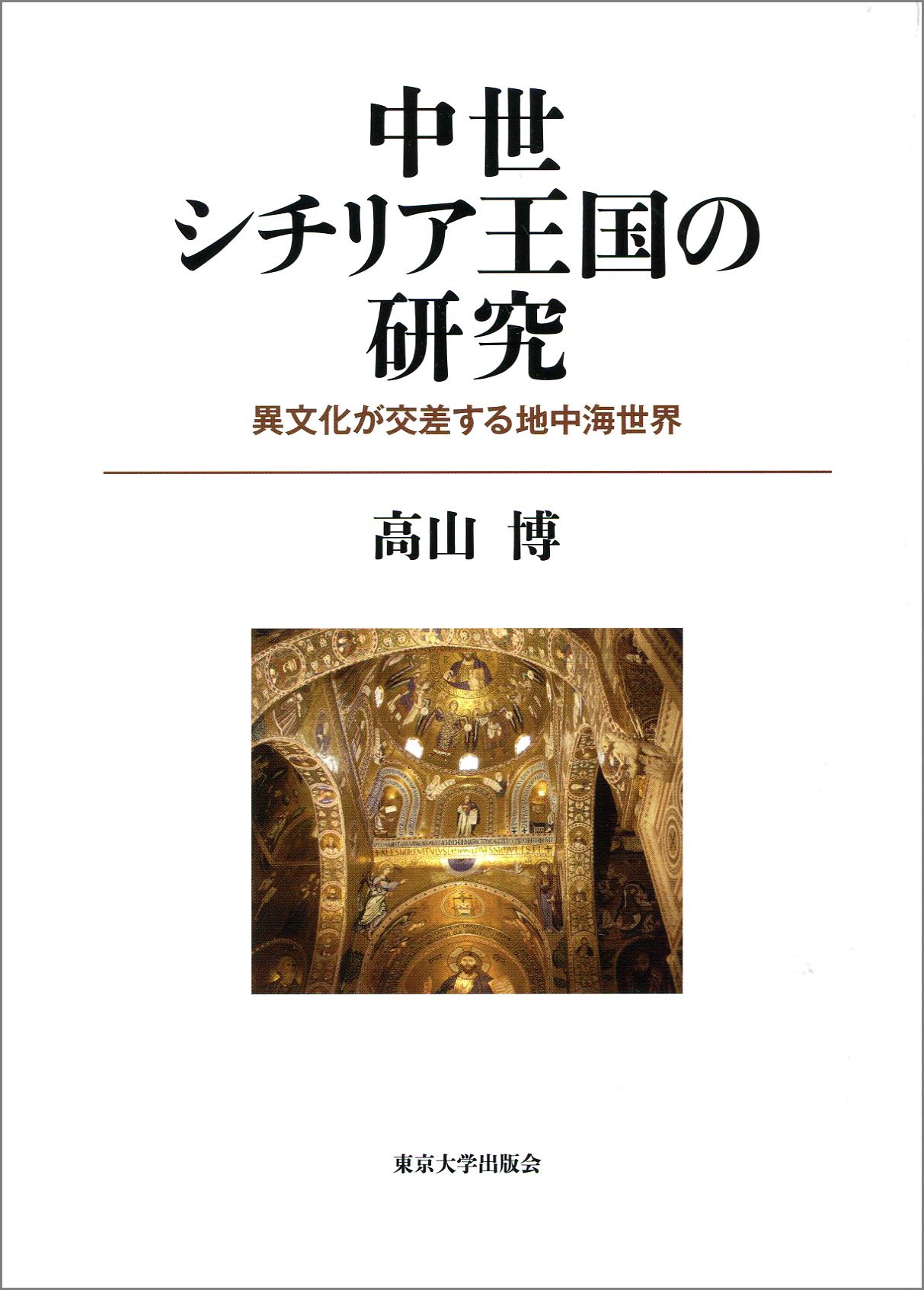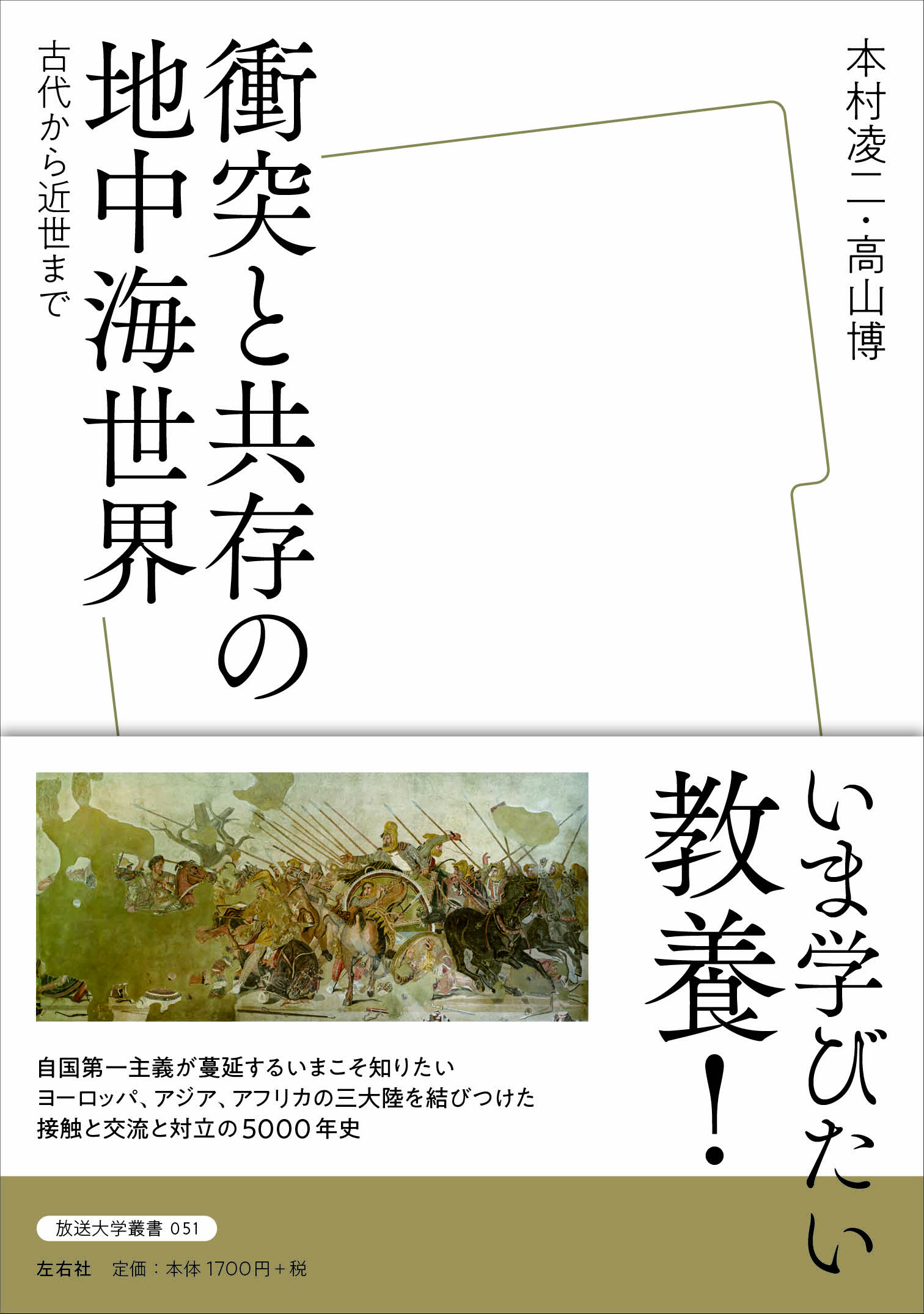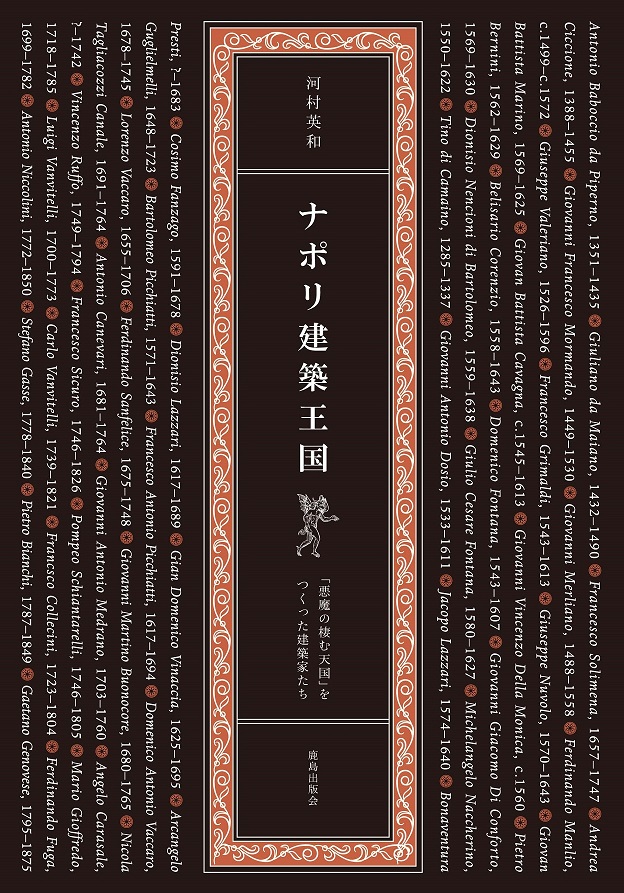
Title
Chusei Shichiria okoku no kenkyu (Study of the Medieval Kingdom of Sicily: Crossroads of the Mediterranean Civilizations)
Size
480 pages, A5 format
Language
Japanese
Released
August 25, 2015
ISBN
978-4-13-021082-9
Published by
University of Tokyo Press
Book Info
See Book Availability at Library
Japanese Page
This book is a Japanese collection comprising 13 articles related to medieval Sicily (here, including southern Italy). I presented these articles in English from 1985 until 2017. (*)
In the series of papers on the administrative organization and officials in the Norman Kingdom of Sicily that are compiled in the first half of the book, I analyzed historical sources written in Arabic, Greek, and Latin. Mistakes found in the prevailing view since the beginning of the 20th century were corrected, and new theories were presented. Currently, these papers are being referenced as basic sources related to the Kingdom of Sicily for papers and theses written in English, German, French, and Italian. The differences in the administration of the Italian peninsula and the island of Sicily that became clear through these studies were taken as basic assumptions by subsequent research. In addition, an understanding that the government office called duana baronum was situated not in Palermo but in Salerno and governed the administration of the peninsula is now shared by researchers across the world. Furthermore, these revelations had an impact that went beyond the framework of the administration of the kingdom; the papers affected research on the seigneurial system and peasant studies in medieval southern Italy, and are referenced and quoted in the context of Islamic influence on Europe.
I started studying medieval Sicily in 1978 when I was enrolled in the Department of Occidental History at the University of Tokyo. At that time, I was interested in cultural exchanges between Europe and the Islamic world during the Middle Ages, and thus, I became attracted to medieval Sicily and medieval Spain, the meeting places of the two cultures. Eventually, I chose medieval Sicily as the topic of my thesis because international research conducted on it has been inadequate. Furthermore, it was an enigmatic place where there were many unknowns. Latin, Byzantine, and Islamic cultures had coexisted there, and Latin, Greek, and Arabic had been used in official documents. This region had many unsolved mysteries because of the complexity of its history in which diverse cultures had overlapped and because of the difficulty of deciphering multilingual historical materials. Accordingly, studying this region provided me with an abundance of intellectual stimulation.
After entering graduate school in 1980, I narrowed my focus to the administrative organization of the Norman Kingdom of Sicily that had comprised officials from different cultural backgrounds and where there had been a mixture of terms employed from the three different languages. In 1982, I submitted my master's thesis entitled The Financial and Administrative Organization of the Normans in 12th Century Sicily. The theme of this master's thesis became the central focus of my subsequent research, and it is connected to various papers that are compiled in part one of this book as well as the doctoral thesis that I submitted at Yale University in 1990. Subsequently, I continued my research in America and Europe and had debates with leading scholars on medieval European history. I have published the results of these debates and research at academic conferences, academic institutions, and journals in America, the United Kingdom, Germany, Italy, France, and Japan.
Since I started conducting research on medieval Sicily, my interest has broadened to wider themes. It has shifted from the administrative organization of medieval Sicily to include contact and exchanges between different cultures in the Mediterranean Sea during the Middle Ages, a comparison of the systems of government in medieval Europe, a comparison of the three great cultures in the Mediterranean Sea region, and situating the current phenomenon of globalization in history. Medieval Sicily was a place where several cultures and religions coexisted, with aspects that are shared by today’s world where globalization continues to advance and where there are exchanges and conflicts between people with diverse cultural backgrounds. Thus, it seems like it could provide valuable clues to help us understand the current state of the world.
(*) The English edition of the final compilation appeared after the publication of this book.
(Written by TAKAYAMA Hiroshi, Professor, Graduate School of Humanities and Sociology / 2018)
Related Info
Hiroshi Takayama, Sicily and the Mediterranean in the Middle Ages (Abingdon, Routledge, April 5, 2019),
414 pp. (xx + 394), Variorum Collected Studies 1076.
https://www.routledge.com/Variorum-Collected-Studies/book-series/VARIORUM



 Find a book
Find a book



